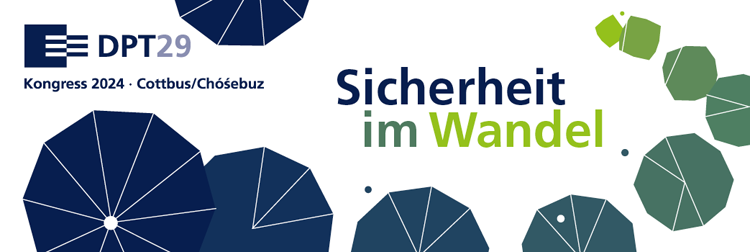What works to prevent and respond to violence against women and girls in conflict and humanitarian settings?
Women and girls are at increased risk of violence in conflict and humanitarian crises due to displacement, the breakdown of social structures, a lack of law enforcement, the potential further entrenchment of harmful gender norms, and the loss of livelihood opportunities for both men and women in the community, among other reasons. 1 Despite this, little is known about the prevalence of violence against women and girls (VAWG) during times of conflict and humanitarian emergencies. The existing evidence base is weak, with many studies employing non-probability sampling methodologies or under-powered sample sizes.
However, the available evidence suggests that VAWG, particularly intimate partner violence (IPV), is a considerable problem during times of conflict and humanitarian crises. In addition to this lack of prevalence data, there is little robust evidence on what works to prevent and respond to VAWG during conflict and humanitarian emergencies. Promising practices are, however, beginning to emerge. While few rigorous evaluations have been conducted in these settings, the available evidence suggests that the most successful programmes are multifaceted, address underlying risk factors, and actively engage all community members (not only survivors and/or perpetrators).
www.praeventionstag.de

